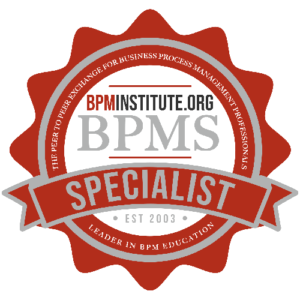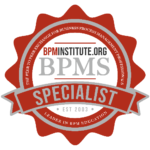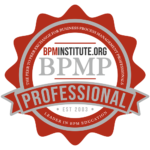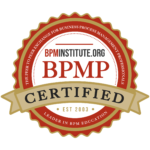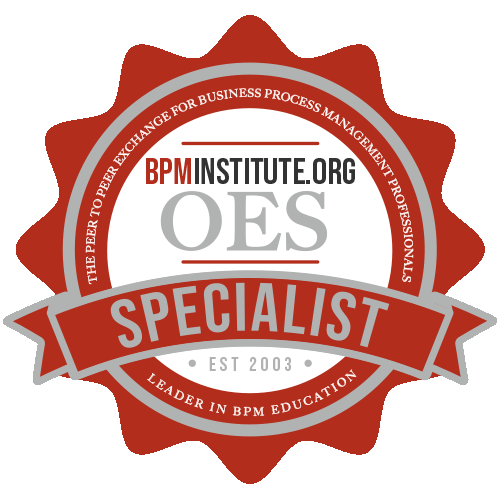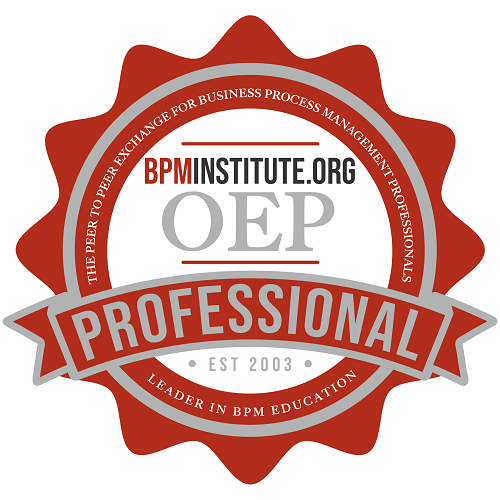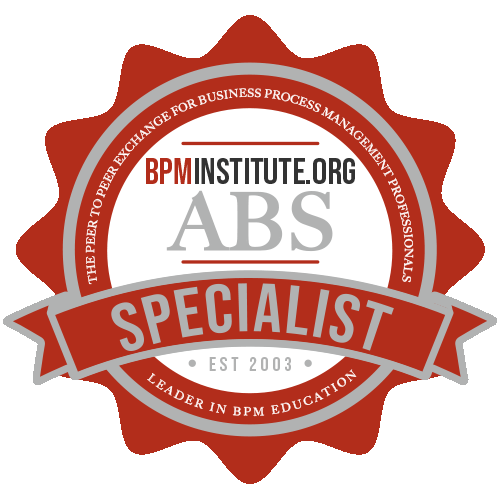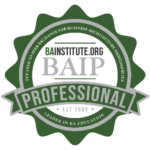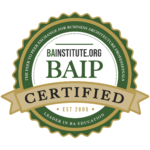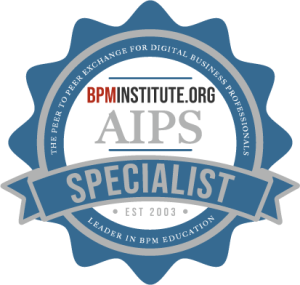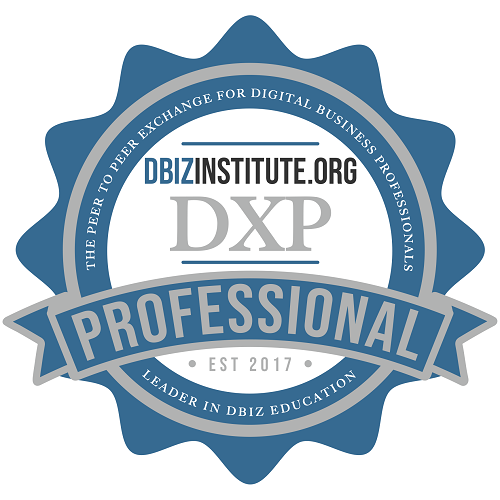After speaking at a Six Sigma conference I was asked what my definition of BPM is and what differentiates it from Six Sigma. The topic of my presentation was how to identify important change programs. I am not sure what exact wording I used but I must have first stated that I am not a Six Sigma expert, only a Six Sigma customer, but Six Sigma did not seem to use standards. The BPM definition must have included process measurement, modeling and change planning. Later in my hotel room I realized I never put to paper what my definition is of BPM.
Who, What and How of a Business Analyst?
Who?
Business Analysts identify the business needs of their clients and stakeholders to help determine solutions to business problems. They typically perform a liaison function to software developers by serving as business problem solvers. They play a vital role throughout the project life cycle by understanding and representing stakeholder needs, documenting and organizing the requirements for a system, and communicating requirements to an entire team.
The Principles of Service-Orientation: Service Contracts and Loose Coupling
In the previous article we established the service-orientation design paradigm as currently providing us with the following eight common principles:
•services share a formal contract
•services are loosely coupled
•services abstract underlying logic
•services are reusable

Incorporating Existing Systems into SOA
You have dedicated significant resources to creating a services oriented architecture (SOA), investing heavily in hardware, software and personnel. You have trained people, hired experts, engaged vendors and deployed small scale services under an SOA framework. You have moved beyond the crawling stage and are ready to advance to the next stage of SOA deployment. But there is an elephant in the room no one wants to mention – your existing systems.
The Principles of Service-Orientation: Introduction to Service-Orientation
This is the first article in an eight-part series dedicated to exploring the common principles of service-orientation. Acclaimed author Thomas Erl shares his insights into the service-orientation design paradigm by providing excerpts from his second SOA book “Service-Oriented Architecture: Concepts, Technology, and Design”, supplemented with additional commentary.
The adoption of SOA often comes with an expectation that many of the benefits commonly associated with service-oriented technology platforms will be realized simply through their successful implementation.
Mining Rules from Code: Reasonable or Lunacy?
Is your organization challenged with the need to take an existing legacy system and re-architect it into new technology? But, what happens if that legacy application has no current system documentation, no available application SMEs or business SMEs who you can interview to identify how the existing system works?
The solution is the vision of Business Rules, with emphasis on business rule mining. Business rules are the most essential, non procedural statements behind business policy and requirements.

Facilitating Process Design
Tammy Adams is a certified process facilitator specializing in Team Facilitation and Business Process Analysis. She guides teams in transforming their process knowledge and business requirements into viable project and system deliverables that incorporate quality principles consistent with quality methodologies such as TQM, Six Sigma, and Lean. She is co-author of, “Facilitating the Project Lifecycle: Skills and Tools to Accelerate Progress for Project Managers, Facilitators, and Six Sigma Project Teams.”

Non-Technical Issues Matter Too
Too many organizations think they can implement business process management (BPM) efforts with nothing more than a comprehensive set of tools and a good ROI story.

BPMS Watch: BPM’s Evolving Value Proposition
I’ve been speaking at BPM conferences for – well, too long, probably – but long enough to see the evolution of BPM’s essential value proposition, as expounded by consultants, industry analysts, and BPMS vendors. Consistent with Darwinian theory, this evolution has not followed a simple linear thread but has branched into multiple lines, some destined to die out and others – hopefully – to flourish. Today I would say there are three distinct branches, three different statements of what BPM is and is trying to do. Each has its own natural constituency and ardent advocates.

BPM’s “Missing Link”
There’s something wrong with BPM, something terribly wrong. Although the past five years have witnessed great progress in the theory and practice of business process management, if we go back to business-process basics, a fundamental problem with BPM becomes clear.
